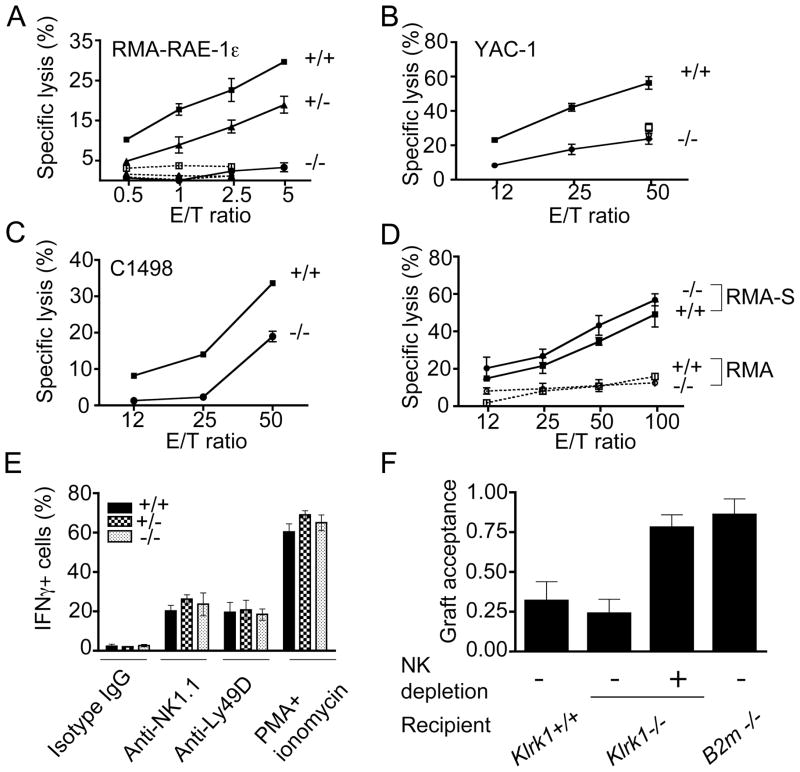Figure 6. NKG2D-deficiency does not impair NK cell functions in vitro or in vivo.
(A-C) IL-2 activated splenic NK cells (sorted NK1.1+CD3− cells in panel A, unsorted cells in panels B-C from Klrk1−/− mice fail to lyse RMA-Rae1ε target cells, and show reduced lysis of YAC-1 and C1498 target cells. Lysis in the presence of NKG2D mAb is shown for Klrk1+/+ (open squares) and Klrk1−/− (open circles) effector cells in panels A and B. (D) Normal lysis of class I-low RMAS cells by Klrk1−/− IL-2 activated NK cells. Results represent means ±SD obtained with Klrk1−/− mice (neo cassette-retained) and littermate controls. (E) Splenocytes from Klrk1−/− mice (neo cassette deleted) and littermate controls (n=5 for each genotype) were stimulated in vitro for 5 hours on plates coated with NK1.1 mAb (PK136, 40 μg/ml), Ly49D mAb (SED85, 10 μg/ml) or control mouse IgG (40 μg/ml) in the presence of Golgi-plug before staining and analysis. In parallel, NK cells were stimulated with or without a mixture of PMA and ionomycin. Intracellular IFN-γ was detected by flow cytometry on gated NK1.1+CD3− cells, except for the anti-NK1.1-stimulated cells, which were gated on DX5+CD3− cells. Results represent means +/− SD (n=5). (F) In vivo rejection of B2m−/− bone marrow cells by Klrk1−/− mice. A mixture of CFSE (5 μM) labeled BM cells from C57Bl/6-Ly5.2 and B2m−/− C57Bl/6-Ly5.1 mice was injected i.v. in irradiated Klrk1+/+ (n=4), Klrk1−/− (n=6), negative control C57Bl/6 B2m−/− (n=2), or NK-depleted Klrk1−/− (n=3) recipients. Similar results were obtained in one additional independent experiment.

